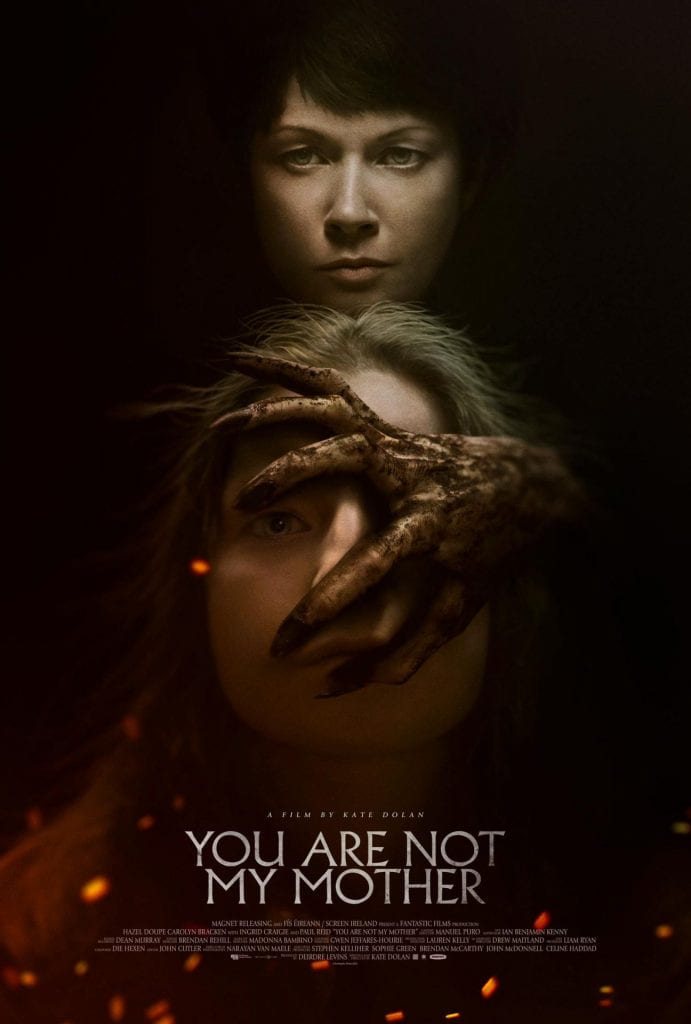Psychological Horror
Psychological horror is a subgenre that combines horror and psychological fiction. The genre focuses on mental, emotional, or psychological states in order to frighten and disturb the audience. The genre focuses on psychological fears like madness, anxiety, guilt, and paranoia. The genre uses elements of mystery and characters who have unstable, reliable, or disturbed psychological states. Each element is used to enhance the distressing and disturbing atmosphere.

History and Development
The development of the genre began with 18th and 19th century Gothic literature. Early Gothic fiction typically features an unreliable narrator who experience horrific manifestations of their psychological fears. Popular Gothic fiction writers, Edgar Allan Poe, Horace Walpole, and Henry James are often viewed as laying the groundwork for the genre. The genre continued to gain popularity in 20th century fiction and film. The peak of the genre was in the 1960s, after the success of the Alfred Hitchcock film, Psycho (1960). The genre was a response to the horror films of the 1950s, which focused on the fear of nuclear war, aliens, and monsters. The genre replaced the fear in previous horror films with guilt, paranoia, self-doubt, distrust and other forms of a disturbed mental state. The genre also incorporated elements of traditional horror and mystery as some films have an reliable narrator, a serial killer or other physical threat to the characters, and plot twists. The genre also showcased more internal than external struggles for the characters, such as a desire for revenge or romantic lust. The genre’s popularity faded out in the 1970s but saw a resurgence in the 1980s and 1990s. Some notable examples include, The Shining (1980), Jacob’s Ladder (1990), and The Sixth Sense (1999). The genre and stylistic elements have continued to be prevalent in films to present day. Some recent examples include, Old (2021), You Are Not My Mother (2021), and Oxygen (2021).
Social and Rhetorical Function

Social and rhetorical functions for the genre are speculative. Some film theorists believe the social function of the genre is to critique the fears of society. In Roman Polanski’s psychological horror film, Rosemary’s Baby (1968) some film theorists believe it showcases the horrors of being a woman in a patriarchal society. In Jordan Peele’s psychological horror film, Get Out (2017) some film theorists believe it showcases racism experienced by African Americans. In Mary Harron’s psychological horror film, American Psycho (2000) some film theorists believe it showcases the sexual insecurity of men and the male obsession with materialistic pursuits. Generally, the genre is used to critique an element of society that is denied, repressed, or hidden.
Stylistic Elements

Psychological horror differs from traditional horror films. The genre aims to create discomfort within the audience through the environment of the film or novel. This includes suspenseful music, eerie sounds, exploitation of a character’s fears, a sense of a physical threat, manifestation of emotional fear, and other elements that are built on the atmosphere of the fear. One technique that is used in psychological horror films is mickey mousing. This technique involves syncing movement with music in a film, this is used to create a disturbing atmosphere for the audience. A notable example of this technique used in film is in Stanley Kubrick’s The Shining (1980). The genre rarely uses graphic scenes of violence or gore to create fear, though these are elements that can be seen in certain examples they are not the primary element used to create fear. The genre rarely uses a physical threat to the characters in the film or novel, though certain examples include a serial killer the genre will focus on the emotional and psychological state of the characters to disturb the audience.

Film and Literature
The novels Carrie, The Shining, Misery, and The Girl Who Loved Tom Gordon written by Stephen King as well as the novels We Have Always Lived in the Castle, and The Haunting of Hill House written by Shirley Jackson are some examples of psychological horror fiction. The films, The Silence of the Lambs (1991) directed by Johnathan Demme, as well as Midsommar (2019) directed by Ari Aster are some examples of psychological horror in film. Other notable film and fiction examples include Hereditary (2018), Last Night in Soho (2021), mother! (2017) The Yellow Wallpaper, Beloved, Lord of the Flies and American Gothic .
References
- Psychological Horror. (2022, March 17). Wikipedia Foundation.
2. Long, B. (2021, April 4). “The History of Psychological Horror.” Puzzle Box Horror.
3. Smucky’s Grave Writings from the Beyond. (2016, March 16). “Through the Cracks (2): A Brief History of Psychological Horror.” Smucky’s Grave Writings from the Beyond.
4. Hellerman, J. (2020, October 29). “A Genre Examination of Psychological Horror Movies and TV Shows.” No Film School.
5. Lofberg, I. (2016, November 15). “Beginners Guide: Psychological Horror.” Film Inquiry.